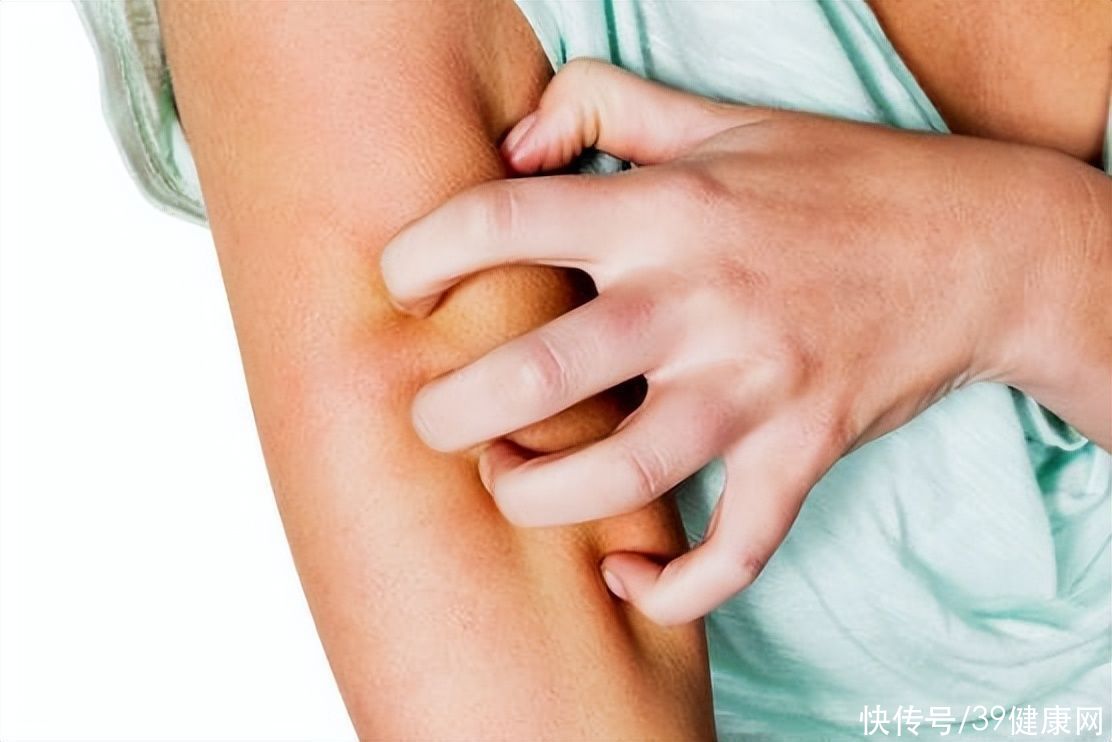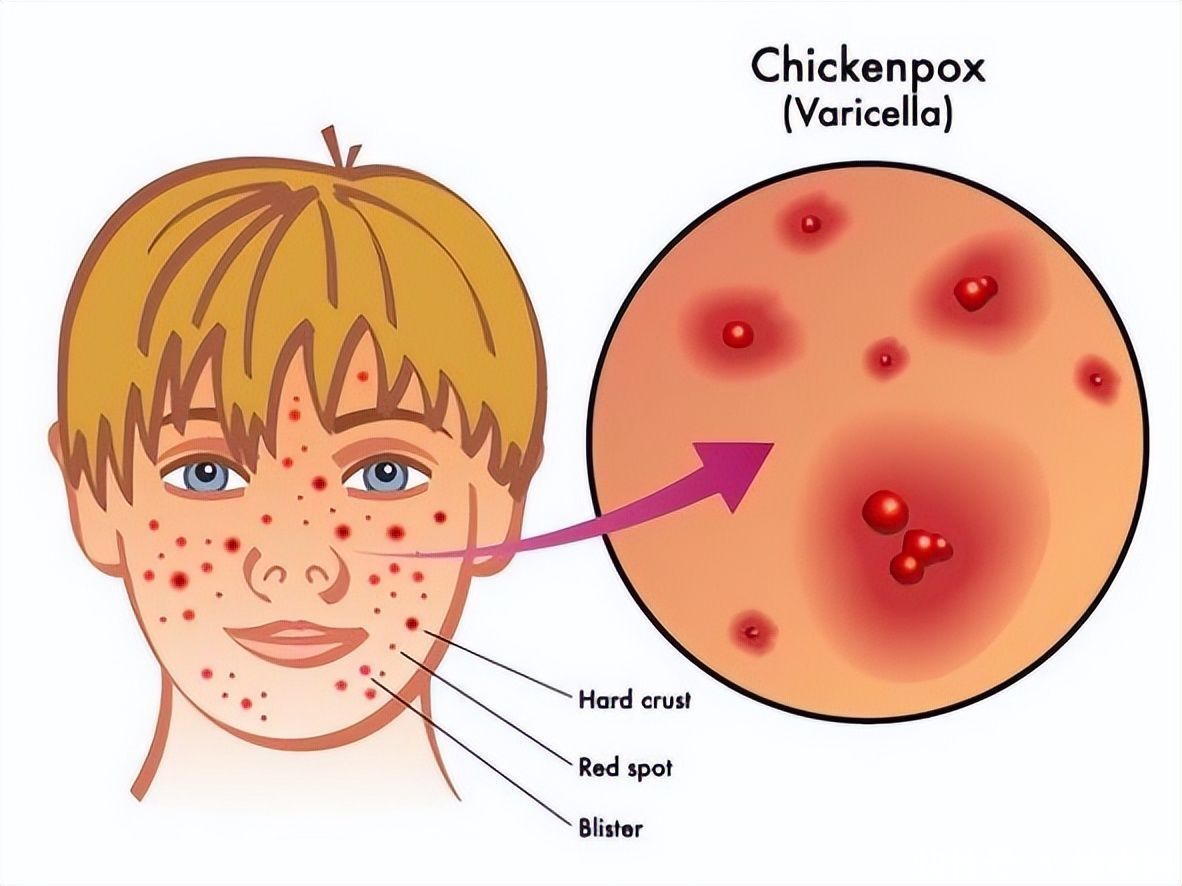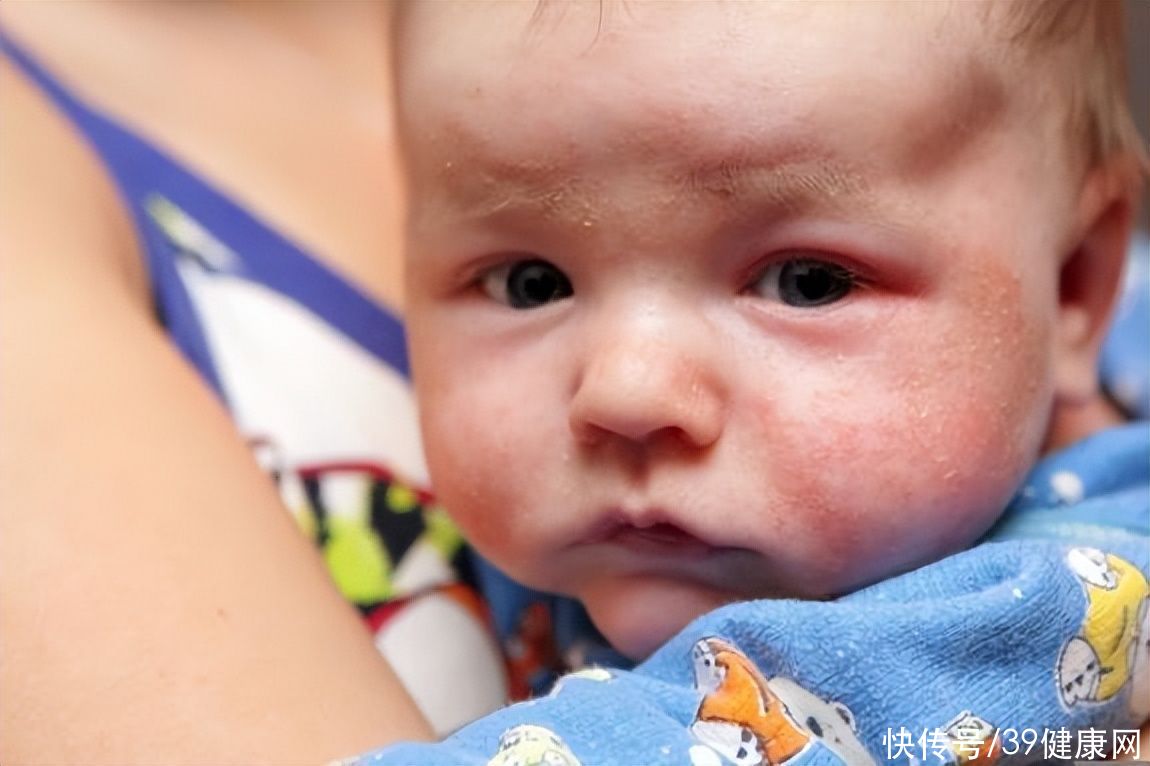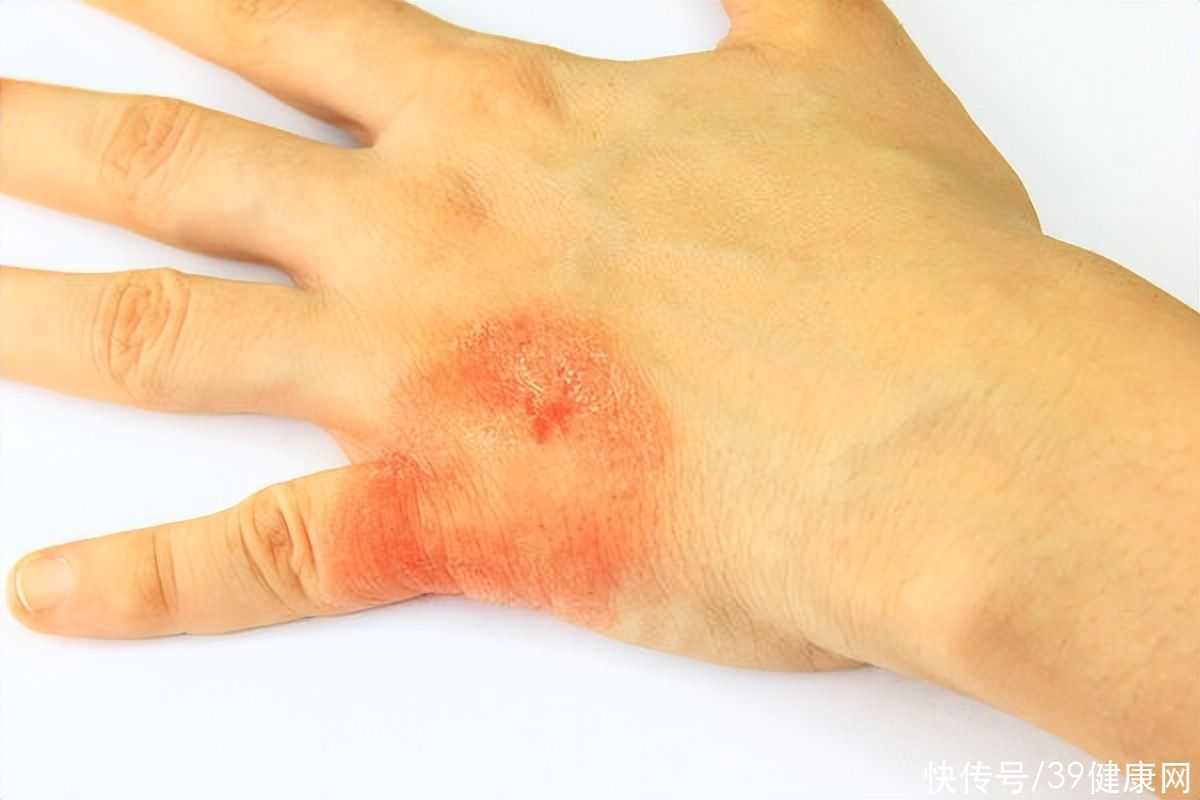內容目錄
With the arrival of summer, in addition to the increasingly hot and humid weather, various common skin problems such as itching, redness, peeling and so on also follow.
The skin is the largest organ of the human body and the first barrier to health. According to statistics, nearly 2,000 kinds of skin diseases have been discovered, and the symptoms are various, which also makes many patients unable to distinguish which skin disease they have, so it is difficult to prescribe the right medicine, and it also causes difficulties for subsequent treatment.

Although the skin disease seems to be a minor disease, it brings about problems such as affecting the appearance, itching, pain and so on. endless torture. Today, Xiaojiu will give you a simple science, how to distinguish various skin diseases, and how to use symptomatic medicine.
According to the different causes, skin diseases will show different symptoms and characteristics, which are mainly divided into the following types
Bacterial skin diseases: pustules, folliculitis, etc.
Types: The common ones are pustules, folliculitis, boils, carbuncles, etc. caused by bacterial infections such as Staphylococcus aureus and Streptococcus.
Symptoms: Local redness, swelling, suppuration, heat, pain and other symptoms.
Medication: Mainly use antibiotic ointment, 2% mupirocin, 2% fusidic acid cream, 1% erythromycin ointment and 0.5% oxyfluoride Floxacin gel is a commonly used topical antibacterial drug. Mild cases only need topical medication, and moderate and severe skin infections require systemic antibiotics.
Recommendation: Do not squeeze the affected area easily to prevent infection. Those with ulceration, purulence or obvious exudation in the affected area are forbidden, and those with virus infection are forbidden.

Allergic and Autoimmune Skin Diseases: Dermatitis, Eczema, etc.
Types : It is related to internal factors such as own disease, neuropsychiatry, and external factors such as food, environment, climate, etc. Common eczema, contact dermatitis, urticaria, drug-induced dermatitis, neurodermatitis and so on.
Symptoms: According to the course of disease, it can be divided into three stages: acute, subacute and chronic. In the acute stage, erythema, papules and blisters will appear, accompanied by erosion, exudation, crusting and other manifestations, and severe itching; If it does not heal for a long time, it will become chronic, manifested as enlarged skin lesions, scaly, pigmentation, local skin hypertrophy, rough surface and lichen-like changes.
Medication: For topical treatment, steroid ointments, such as dexamethasone acetate cream, hydrocortisone ointment, triamcinolone acetonide acetate ointment, etc. Severe but no obvious erosion, exudate skin lesions. Antihistamines such as chlorpheniramine and loratadine are often used for systemic therapy.
Recommendation: Avoid contact with irritants that can cause skin irritation. Do not scratch the itchy area with your fingernails to avoid scratching the skin and secondary infection.

Fungal skin diseases: tinea corporis, tinea pedis, etc.
Type strong>: Caused by fungal invasion of the skin, commonly known as tinea, common tinea capitis, tinea corporis, tinea cruris, tinea pedis, onychomycosis and so on. Symptoms: At first, skin itching, red papules, blisters, peeling, etc. will appear, and gradually form a ring-shaped or multi-ring red patch with a clear boundary, accompanied by scales, which can be caused by Long-term scratching and irritation can cause local eczema-like or lichen-like changes. Medications: Antifungal ointments or sprays are mainly used, such as Oxiconazole Cream, Amorolfine Cream, Clotrimazole Cream, Butinaphthalene Hydrochloride Fin spray and more. Take Jiening-butenafine hydrochloride spray as an example, it can destroy the fungal structure, inhibit the synthesis of the substances required by the fungus, damage or die of the fungal cells, and play a dual role of sterilization and bacteriostasis. Recommendation: Most antifungal drugs require continuous use, usually for more than 2-3 weeks. Patients need to pay attention to personal hygiene, keep clean and dry, and avoid sharing slippers, washbasins, towels and other supplies with others. type : Herpes simplex, herpes zoster, genital herpes, chickenpox and herpes zoster are caused by herpes virus infection; common warts, plantar warts, flat warts and condyloma acuminatum are caused by papilloma virus infection. The common herpes zoster is used here as an example. Symptoms: More common on one side of the body, characterized by clustered blisters with pain on the basis of erythema, and the skin lesions are distributed in a band along a certain nerve segment with clear boundaries , with symptoms such as fatigue, headache, fever and gastrointestinal discomfort. Medication: Combination medication is based on the principles of antiviral, analgesic and neurotrophic. Generally, acyclovir cream and valacyclovir cream can be rubbed together with oral acyclovir tablets, valacyclovir tablets, etc., and oral drugs such as mecobalamin can be used to nourish the nerves. Recommendation: Patients should use cotton swabs when applying topical medicines to prevent cross-infection, and strengthen daily exercise to improve immunity. All in all, when using ointment, you must first identify the cause, and then prescribe the right medicine. Do not use it indiscriminately.medicine. If the treatment effect is not good, or there are serious symptoms, you need to seek medical attention in time. Do not delay the disease, so as not to develop chronic skin diseases. After skin infection, the patient should keep the skin clean, do not scratch the itchy area at will to avoid cross infection. If the itching is really severe, you can tap it to help relieve the itching. In addition, alkaline soaps, hot water scalding, etc. should be avoided, and hypoallergenic moisturizing creams can be used to moisturize the skin. In terms of diet, during the onset of the disease, patients should maintain a light diet and do not eat spicy, irritating or allergic foods, such as seafood, onions, ginger, garlic, chili, pepper, etc. Alcohol and smoking. In daily life, patients should pay attention to avoid contact with allergens, chemicals, irritants, etc. It is best to choose loose, soft and comfortable cotton clothing. In addition, we usually need to maintain regular work and rest, eat healthy, and strengthen exercise to help improve immunity and prevent infection. References: 1. What are the types of skin diseases! Do you know. Jihe Dermatology Hospital 2. Zhou Xuemei. Several Clinical characteristics and prevention of fungal skin diseases[J].World Latest Medical Information Digest (Electronic Edition), 2013:133-134. 3. Xu Yawen (extract). How to correctly use topical dermatology Medicine[J].Chinese and Foreign Health Digest,2008:41-41.
Viral skin diseases: shingles etc.

Infected skin disease, how to care for it in daily life